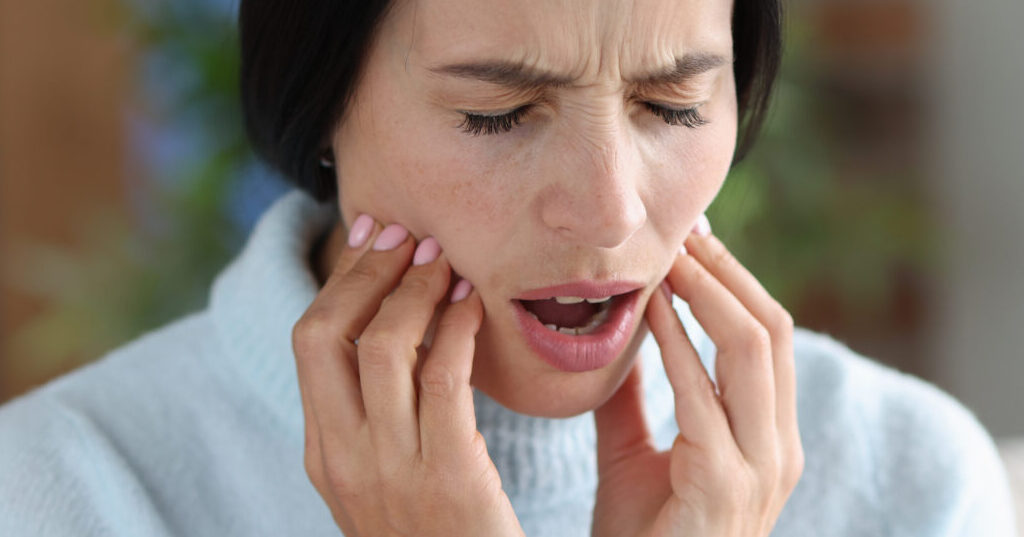
BRUXISM, HEADACHE & CERVICAL PAIN: Discovering the Hidden Connections
Approximately 30% of global adult headaches are a result of cervical tension, stress, and temporomandibular joint (TMJ) imbalance. This challenges the common misconception that the location of pain indicates the true source of the problem. TMJ, which is often associated with bruxism and affects 8% of the population, is intertwined with headaches due to functional disturbances that lead to involuntary teeth grinding.

Another factor to consider is cervical pain, which is often stress-related and caused by factors such as excessive workload and repetitive muscle use, resulting in cervicalgia. This is related to headaches and bruxism.

- Osteopathy treatment
- Multidisciplinary therapy
- Emphasize regular physical activity to manage stress through endorphin stimulation, aiding in pain intervention and reduction.
- Apply warmth to both sides of the face using a hot, twisted towel to relax tense jaw muscles.
- Avoid daily habits like chewing gum, nail-biting, or pen-biting.
- Practice abdominal-diaphragmatic breathing for overall relaxation.
- Specific home exercises to enhance mouth and neck mobility, along with stretches.
There’s always a way to improve quality of life
Through awareness, education, proactive care, and osteopathy, we can empower individuals to live healthier lives!
